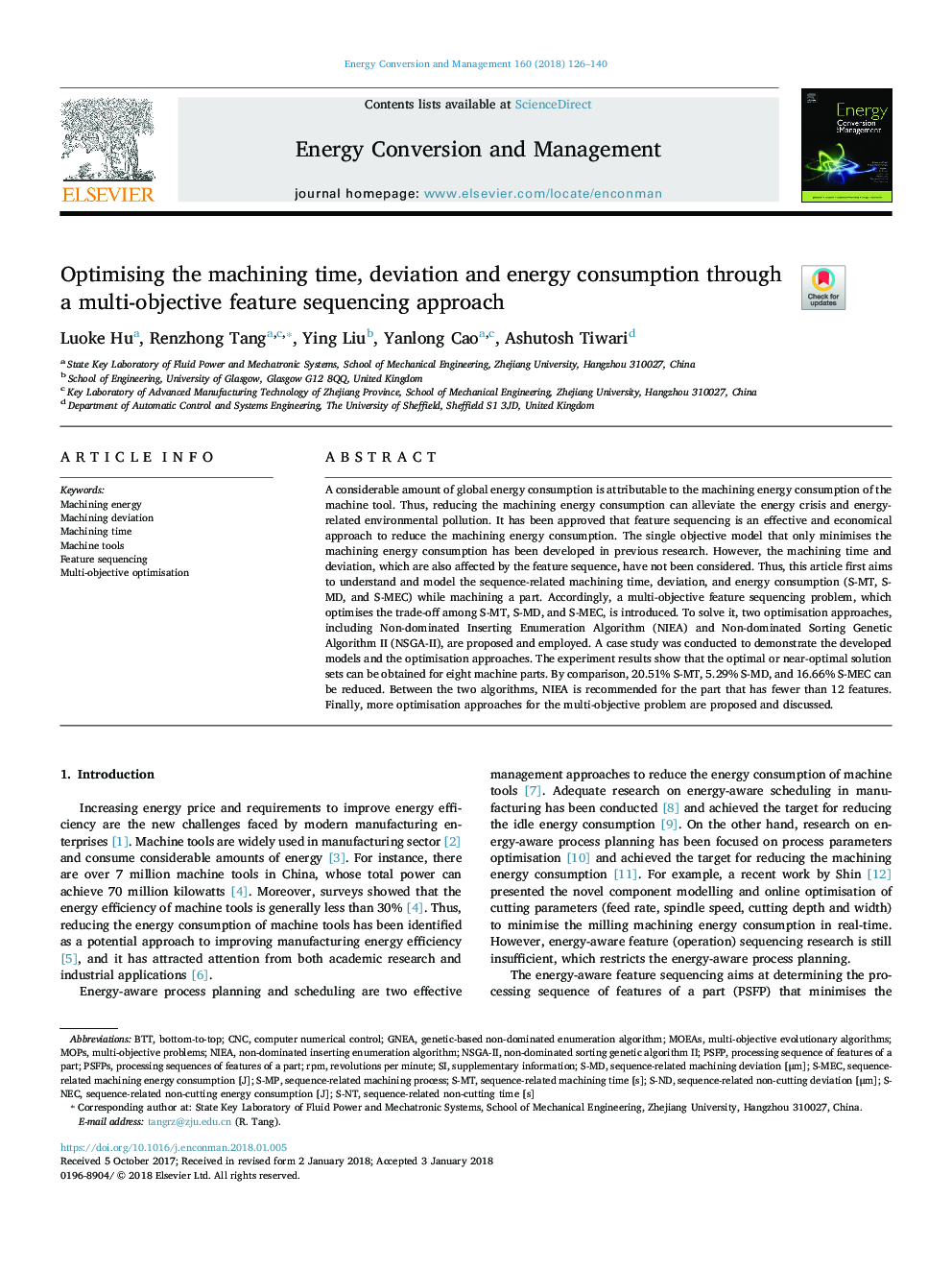| کد مقاله | کد نشریه | سال انتشار | مقاله انگلیسی | نسخه تمام متن |
|---|---|---|---|---|
| 7159022 | 1462802 | 2018 | 15 صفحه PDF | دانلود رایگان |
عنوان انگلیسی مقاله ISI
Optimising the machining time, deviation and energy consumption through a multi-objective feature sequencing approach
ترجمه فارسی عنوان
بهینه سازی زمان ماشینکاری، انحراف و مصرف انرژی از طریق یک روش توالی چند هدفه ای
دانلود مقاله + سفارش ترجمه
دانلود مقاله ISI انگلیسی
رایگان برای ایرانیان
کلمات کلیدی
CNCRPMNSGA-IIBTTMOPSnon-dominated sorting genetic algorithm IImachine tools - ابزارهای ماشینیsupplementary information - اطلاعات تکمیلیMulti-objective evolutionary algorithms - الگوریتم تکاملی چند هدفهMulti-objective optimisation - بهینه سازی چند هدفهFeature sequencing - توالی ویژگیMachining time - زمان ماشینکاریrevolutions per minute - سرعت در هر دقیقهMulti-objective problems - مشکلات چند هدفهcomputer numerical control - کنترل عددی کامپیوتری
موضوعات مرتبط
مهندسی و علوم پایه
مهندسی انرژی
انرژی (عمومی)
چکیده انگلیسی
A considerable amount of global energy consumption is attributable to the machining energy consumption of the machine tool. Thus, reducing the machining energy consumption can alleviate the energy crisis and energy-related environmental pollution. It has been approved that feature sequencing is an effective and economical approach to reduce the machining energy consumption. The single objective model that only minimises the machining energy consumption has been developed in previous research. However, the machining time and deviation, which are also affected by the feature sequence, have not been considered. Thus, this article first aims to understand and model the sequence-related machining time, deviation, and energy consumption (S-MT, S-MD, and S-MEC) while machining a part. Accordingly, a multi-objective feature sequencing problem, which optimises the trade-off among S-MT, S-MD, and S-MEC, is introduced. To solve it, two optimisation approaches, including Non-dominated Inserting Enumeration Algorithm (NIEA) and Non-dominated Sorting Genetic Algorithm II (NSGA-II), are proposed and employed. A case study was conducted to demonstrate the developed models and the optimisation approaches. The experiment results show that the optimal or near-optimal solution sets can be obtained for eight machine parts. By comparison, 20.51% S-MT, 5.29% S-MD, and 16.66% S-MEC can be reduced. Between the two algorithms, NIEA is recommended for the part that has fewer than 12 features. Finally, more optimisation approaches for the multi-objective problem are proposed and discussed.
ناشر
Database: Elsevier - ScienceDirect (ساینس دایرکت)
Journal: Energy Conversion and Management - Volume 160, 15 March 2018, Pages 126-140
Journal: Energy Conversion and Management - Volume 160, 15 March 2018, Pages 126-140
نویسندگان
Luoke Hu, Renzhong Tang, Ying Liu, Yanlong Cao, Ashutosh Tiwari,
